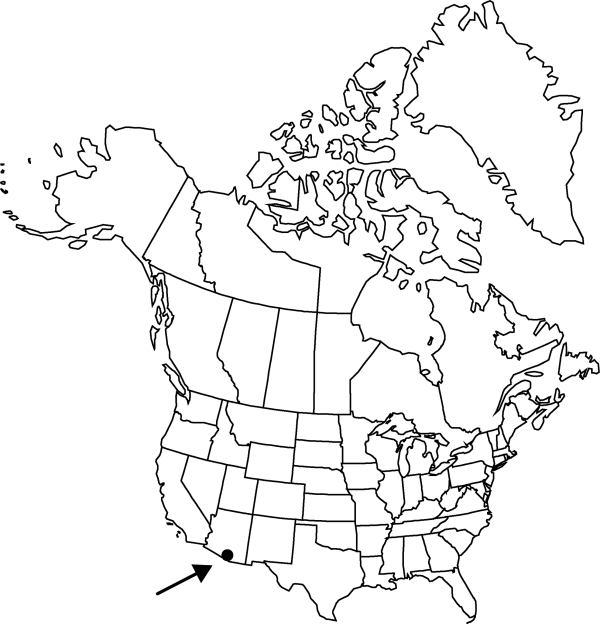Difference between revisions of "Mammillaria mainiae"
Zoë 5: 31. 1900.
FNA>Volume Importer |
FNA>Volume Importer |
||
| Line 49: | Line 49: | ||
|publication year=1900 | |publication year=1900 | ||
|special status= | |special status= | ||
| − | |source xml=https://jpend@bitbucket.org/aafc-mbb/fna-data-curation.git/src/ | + | |source xml=https://jpend@bitbucket.org/aafc-mbb/fna-data-curation.git/src/f6b125a955440c0872999024f038d74684f65921/coarse_grained_fna_xml/V4/V4_462.xml |
|subfamily=Cactaceae subfam. Cactoideae | |subfamily=Cactaceae subfam. Cactoideae | ||
|genus=Mammillaria | |genus=Mammillaria | ||
Revision as of 20:01, 24 September 2019
Plants branched or unbranched; branches 0–several, not numerous, seldom rooting. Roots diffuse, upper portion not enlarged. Stems nearly spheric, 2.5–12 × 3.5–7 cm, firm; tubercles 9–10.5(–18) × 3–9 mm; axils appearing naked; cortex and pith not mucilaginous; latex absent. Spines ca. 9–16 per areole, brightly colored than M. grahamii, yellowish, pale pinkish tan, or brown (smaller spines paler), tipped dark chestnut brown to blackish, glabrous, sometimes ± pubescent when young; radial spines (8–)10–15 per areole, bristlelike, 6–10(–12) × 0.13–0.23 mm, stiff; central spines 1(–2) per areole, porrect, hooked, 11–20 × 0.2–0.4 mm; subcentral spines 0(–2) per areole, adaxial to central spines. Flowers (1–)2–3 × 1.2–2 cm; outermost tepal margins densely fringed, fringes 0.4 mm; inner tepals pinkish white with sharply defined magenta midstripes; stigma lobes bright red to red-purple, orange, or magenta, (3–)7–9 mm. Fruits bright orange-red, spheric to obovoid, 5–7 × 4–4.5 mm, level with or beneath spines, juicy only in fruit walls; floral remnant weakly persistent. Seeds black, 1–1.2 × 0.8–1 mm, pitted; testa hard; anticlinal cell walls straight; interstices conspicuously wider than pit diameters; pits bowl-shaped. 2n = 22.
Phenology: Flowering summer.
Habitat: Sonoran desert, grasslands, bajadas, valleys, washes, alluvial fans [subtropical woodlands, tropical deciduous forests]
Elevation: [200-]600-1200 m
Distribution

Ariz., Mexico (Sinaloa, Sonora).
Discussion
The tendency for all spine hooks on plants to be oriented in same direction is not unique to Mammillaria mainiae. This uncommon and poorly known species is restricted in the flora area to the relatively mesic eastern edge of the Sonoran Desert, in western bajadas of the Baboquivari Mountains, Arizona. Mammillaria mainiae is not known from Nogales, Arizona, contrary to L. D. Benson (1969, 1982); it was originally discovered in Mexico somewhere south of Nogales.
Mammillaria wrightii var. wilcoxii, which grows all around Nogales, Arizona, is easily misidentified as M. mainiae.
Selected References
None.